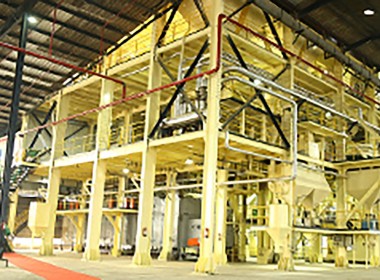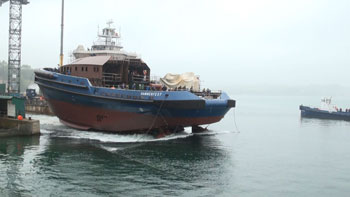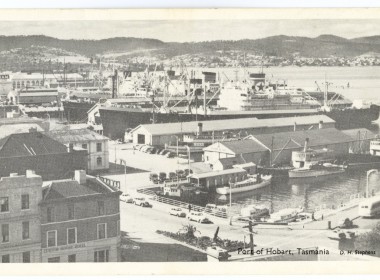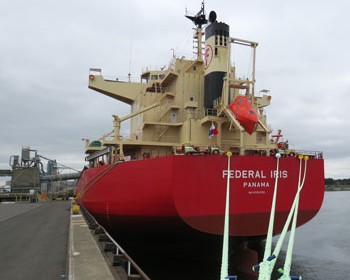REMINISCENCES | Voyage to the centre of Europe
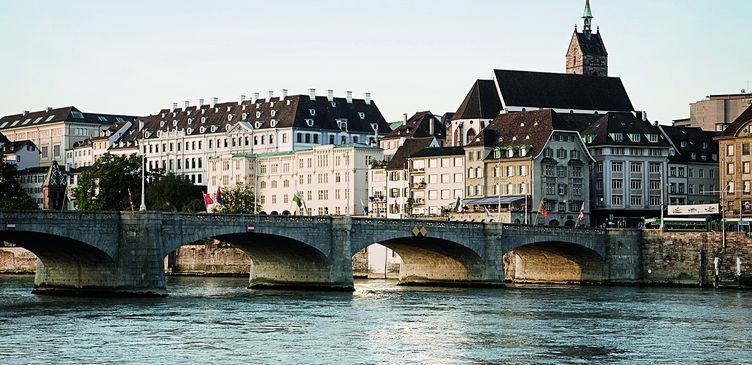
Looking back on it, the voyage seemed altogether improbable. The ship was an 1,100DWT coaster, registered for some strange reason in Singapore.
We sailed from the port of Goole, with a full cargo of 1,000 tonnes of coke which somebody in Northern Italy had bought and which we were to deliver to Basel in Switzerland.
You might think that somebody in Italy would have sourced their coke from somewhere nearer than Yorkshire, but I guess that the price was right and it was just another example of the wonders of international trade.
There were just five of us aboard the Union Gem; Herr Captain, who was a powerful looking Frisian islander, Susie the Mate, who was from Czechoslovakia, Hans the AB from Hamburg, his colleague from the Cap Verde islands and me.
I was there for the ride, until the Captain discovered that I was a seaman, when I was promptly recruited into the crew, with a range of duties which included being the after mooring gang, there being nobody else.
The ship was kept like a yacht, any ideas I might have about “dirty British coasters” being rapidly dispelled, with our boots kept neatly outside the accommodation and no working gear being permitted to remain dirty for long.
She was termed a “river-sea” coaster, built to seagoing scantlings, powered by a couple of Detroit diesels, but with all the upperworks, aerials and masts collapsible, so as to fit under low bridges.
This was before telescopic wheelhouses had arrived on the scene, so our bridge, mostly made of wood, could be gradually dismantled to about waist level, leaving a hatch where the Captain’s head and shoulders could protrude as he stood at the helm.
They had photographs of some of their previous exploits in the canals, showing the Gem squeezing through some quite impossibly low bridges. On one voyage, the Captain recalled, they had managed to get the forepart of the ship under a bridge, but even with all the ballast tanks full they failed to get the wheelhouse low enough. So he filled up the lifeboat to the gunwales with water, and made it through, with a couple of centimetres clearance.
One of my jobs as we went up the river was to stand on the wheelhouse roof with a carefully marked broomstick to measure clearances, which might give an idea of water levels on the downstream passage. These altered all the time, a factor of the melting Alpine snows, along with rainfall in the huge network of Rhine tributaries.
The Captain had owned his own barge and worked in the short seas all his life and was a fund of improbable stories. His favourite topic was money and how you were able to save it, by using free places to tie up and avoid harbour dues and river tolls, along with a whole range of dodges.
If you were alongside us in the locks, it was well to keep an eye on the fenders, lest they miraculously detached themselves from your ship and found themselves made fast to the Gem’s rail.
Once across the North Sea and in the river, the Captain spent the whole day at the helm, sustained by huge mugs of coffee. Unlike the river barges, she had no high definition river radar, so night-time navigation was out, but the Captain would press on until (he said) he became frightened, when he would look for a place to tie up for the night, usually some derelict mooring with a couple of steel piles. Then after dinner, we would leap into the rubber boat and motor ashore to find some entertainment.
Before first light, it always seemed to be the middle of the night, there would be a roar of “Raus! Raus! The diesels would surge into life and we would be out on deck, bleary eyed, to let go our lines and get back into the stream.
The river was always crowded, with huge push barges loaded with coal and ore heaving their way up to the steelworks in central Germany, owner-driven barges with lace curtains in their windows and tugs and tows.
The Rhine was no place for the faint-hearted navigator and you could see the alarming phenomenon of “interaction” with two ships passing close being drawn together. We were faster than the bluff-bowed inland craft, and that helped.
In some places, like the famous gorge upstream of Coblenz where the Lorelei lurked, the current was fierce and progress slow, in the lower reaches across the Dutch Gelderland, the river was so high it had flooded the land on either side and it was difficult to see the channel. When we steamed past Mannheim and the German petrochemical industries, the dark river reeked of petrol and appeared lifeless.
We took in five countries on that voyage, England, Holland, Germany, France and Switzerland, with each of them requiring some sort of bureaucratic process to progress. I recall the Captain, with a completely straight face, telling a German official, who was baffled by a Singapore flag ship turning up at his frontier post, miles from the coast, that we were all Chinese. We passed huge inland ports that as a deep-sea sailor I had barely heard of, but which turned over millions of tonnes every year.
It was hard work, especially once we were in the upper reaches and locks were frequent. The Captain was forced, much against his better nature, to take a pilot, a huge fat German who ate gargantuan meals provided by Susie, who did all the cooking as she was better at this task than the rest of us. We shared the washing up.
It was for me a memorable voyage, in all about ten days, of fresh water sailing and in the 1970s, something quite unusual. Today, the river-sea ships, bigger and with wheelhouses that rise and fall at the touch of a button, may be seen all around Europe.
Submissions wanted! Do you have an exciting, amusing or downright dangerous anecdote from your time in the maritime world? Each week, we will feature new personal experiences from across the globe. Submissions to:[email protected].


